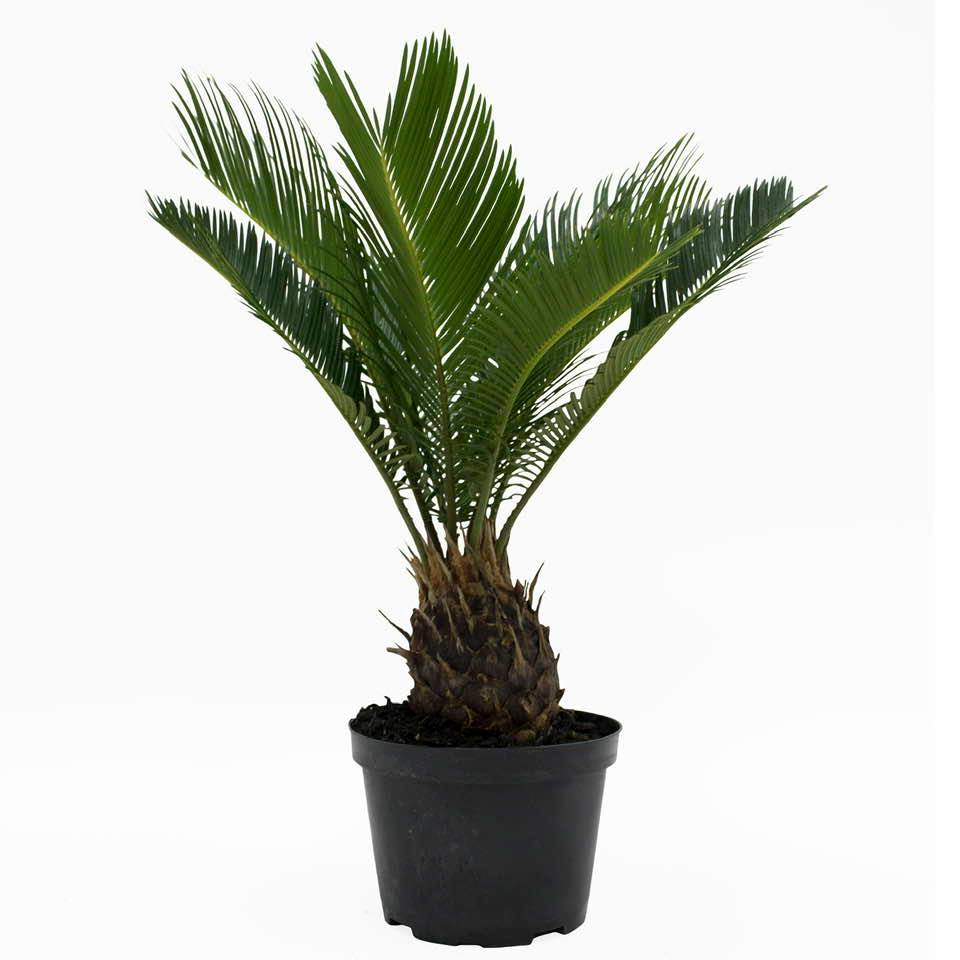“Which Potted Plant Kills Dogs” is one of the hardest stories that I have ever had to write. It is one I wish I never had to share with you. However, it is something I feel I must do.
Since sharing this story may help to save the lives of dogs around the world, it must be done. At first, you may find it hard to believe that a beautiful house plant can kill your dog. Nevertheless, you may be assured that this is true.
Sadly, I recently learned of how eating a potted plant killed a furry family member of one of our readers. Can you imagine how hard it was for that family to say goodbye to their canine companion?
Lily, their sweet canine baby, ate some of a very popular and common houseplant. Then, after fighting for her life at an emergency vet clinic for nearly a week, she was sent home.
Lily’s at-home medical care consisted of a feeding tube and a complicated medication schedule that only left a 5-hour night-time break. As the mother of the family said,“ many tears were shed, dollars spent, and guilt felt… all because of a $5 plant.”
Posted by Kate Wagner on Wednesday, May 6, 2020
The Devastating Results
On Saturday, May 16, Lily crossed the Rainbow Bridge in the loving arms of her family. She had loved them deeply and had fought hard to live. And, moments before she could no longer fight, Lily gave them a couple of her special butt wiggles to say good-bye.
They had loved Lily so very much over the years. Lily was showered with as much tender, loving care as they could possibly give during her last few weeks on this earth. They were truly devastated by her death.
Which Pretty Potted Plant Kills Dogs?
I will start by telling you about the plant responsible for Lily’s death. However, you realize that there are many other plants that will do the same. Most people have no idea of this risk when purchasing plants from garden centers or off the shelves of Lowe’s, Home Depot, or Walmart.
The toxic plants often sit without any warning labels attached to them. You might find them in the midst of household plants that are known to be harmless. Although a few home retail outlets and plant nurseries have warning labels on their plants, not all of them do so.
The U.S. Consumer Product Safety Commission does not require warning labels on house plants. It is up to dog owners to be aware of the dangers of poisonous plants.
Lily’s family had no idea that a tiny, 6-inch plant would lead to such a devastating event. The plant responsible for Lily’s suffering and death was a Sago Palm. This landscaping plant is native to tropical regions. However, it is also a common house plant in the United States.

Which potted plant kills dogs? This is one of them, a Sago Palm.
All parts of the plants are extremely toxic to both humans and animals. Liver failure, and even death, can occur from even the most minimal of exposure. Ingesting any portion of the plant can kill a dog. The trunk, roots, leaves, or small, berry-like seeds found on the mature plants are toxic.
If you have a dog living in your home, please research all house plants prior to purchasing. You cannot trust strategic locations to keep your dog from ingesting a tiny portion of a poisonous plant. That may be all it takes to kill your dog. No plant is worth that risk.
What Symptoms to Look For and How Quickly They May Occur
The toxin causing the symptoms, Cycasin, works quickly. You may notice your dog having symptoms within 15 minutes after ingestion. However, in some instances, the signs or symptoms may not appear so quickly.
Symptoms have been known to be delayed for several hours. You should take your dog to the vet the moment you first suspect your dog has eaten any part of a Sago Palm. It does not matter how small the amount eaten may have been.
Leaves and fruit of the Sago Palm (Cycas revoluta) can cause the following symptoms.
- drooling
- vomiting,
- melena (blood in stool)
- increased thirst
- hemorrhagic gastroenteritis
- internal bleeding
- bruising
- liver damage and failure,
- neurological signs like wobbling and falling, weakness, muscle tremors, seizures, paralysis and coma
- death
The Toxin Responsible
Of all the poisonous parts of the plant, the seeds are the easiest to eat and the most toxic. The Sago Palm toxin is known as Cycasin. This toxin primarily attacks the liver and is responsible for causing a wide range of symptoms.
The amount of the plant eaten compared to the size of the dog will determine the level of toxicity. Likewise, the degree of toxicity will determine the degree of liver failure This, in turn, will determine the severity of the symptoms.
For example, a 5-pound dog will become much more ill from eating 3 seeds than will a 50-pound dog. The dog’s basic health status is also an important factor. A 2-year-old dog with no chronic health problems is more likely to recover than a 12-year-old dog with several medical problems.
However, if your dog eats any part of a Sago Palm, regardless of his age or health status, he will be poisoned. Any degree of Sago Palm toxicity is considered to be “Severe”.
Diagnosis
There is no specific test to identify the toxin Cyasin in your dog’s blood. Further, no specific liver tests can tell if your dog has or has not eaten Sago Palm. The lab tests only indicate the current status of your dog’s liver, regardless of the cause.
Your veterinarian depends on the history you give to determine what is causing the signs and symptoms observed in your dog. History of exposure to any and all possible poisons is important. Be sure that you tell your veterinarian of any and all plants you have in either your home or yard.
Try to be aware of any plants that you pass when walking your dog on any regular path. There may be plants along the way that are poisonous as well.
Diagnosis of toxicity without evidence, or at least suspicion, of your dog eating a plant is difficult. However, there are lab tests that are supportive of a Sago Palm toxicity diagnosis.
If you can verify that your dog ate part of a Sago Palm, a diagnosis can be made much faster and with more accuracy. The sooner the vet starts therapy, the better chance there is of your dog surviving.
Treatment
As with all poisons, quick treatment for Sago Palm toxicity is vital to a successful outcome. If there is any chance that your dog ate any amount of Sago Palm, take them immediately to your veterinarian or pet emergency clinic.
This is an extremely emergent situation, and every single minute counts. Your dog needs to be examined immediately, not a few hours later.
Early Treatment Options for Sago Palm Toxicity
The treatment options for Sago Palm toxicity depend upon how soon your dog is seen by the vet. If it is a very recent ingestion, veterinarians often induce vomiting for the rapid removal of the toxin from the stomach.
Such medications include ipecac, apomorphine, or hydrogen peroxide. Activated charcoal is sometimes used as an oral agent to absorb toxins from the stomach. It is messy but it works. Finally, gastric lavage or pumping the stomach, may be used to help remove toxins.
Delayed Treatment Options for Sago Palm Toxicity
Sadly, many people are not aware that their dog had eaten part of a Sago Palm. By the time they realize their dog is sick enough for a trip to the vet, the toxin (poison) is already in their system.
If there is evidence of liver failure, the vet will immediately initiate hospital-level therapy. This includes, at least, IV fluids and transfusions of either blood or plasma. Your dog may also receive anti-emetic medications to control vomiting. Gastrointestinal protectants may be given to calm an irritated GI tract.
Other potential treatments may be given, depending on the dog’s condition.
- Antibiotics to prevent pneumonia if your dog aspirates vomitus.
- Vitamin K is often given to prevent or to reduce bleeding.
- Supplements such as N-acetylcysteine, S-adenosylmethionine, or ursodeoxycholic acid may be given if any degree of liver failure is present.
- Anti-seizure medications are given if needed.
There is no known antidote for treating Sago Palm toxins.
Early and supportive care is your dog’s best chance for survival.
Prognosis
As is true for all cases of animal poisoning, early detection and treatment are vital. The rate of success depends upon how quickly medical treatment is started, the dog’s age, and underlying medical conditions.
With prompt and proper emergency treatment, many dogs make a full recovery. In summary, these treatments usually include therapy to detox the body, remedy any symptoms, and to support liver function.
It often involves several days in the vet hospital. Upon discharge, there will be follow-up visits. It is necessary to continue to monitor liver function via your dog’s blood and urine for some time afterward.
Sadly, even with early, aggressive, and appropriate therapy, not every dog that eats Sago Palm will survive. Some estimated mortality rates for this toxicity range from 32% to 50%. As far as dog lovers are concerned, even the failure to save one dog is too many.
Prevention of Exposure Is Best
The only way to completely prevent Sago Palm poisoning is to keep the dog from being exposed to the plant altogether. We do know that in colder climates, cases of plant poisoning increase in the spring and summer.
These are the months when dogs spend more time outdoors and when palms are flourishing. If you live in the warmer regions, the toxicity occurs in all seasons. When dealing with houseplants, there is no seasonality
In colder areas, poisoning cases increase in the spring and summer months when pets are outdoors and palms flourish. However, in southern climates, intoxication occurs year-round.
There is no seasonality to indoor poisonings from the ingestion of potted house plants. The only guaranteed way to prevent Sago Palm toxicity is to keep your dog away from the plant entirely. The easiest and best way to do this is by not having Sago Palms in your home.
Potted Plant Kills Dogs, But This Can Easily Be Avoided
These plants are beautiful, but are they worth the danger we know that they present? There are many other, non-toxic plants from which to choose.
https://www.popsugar.com/family/Best-Dog-Friendly-Houseplants-46051243
To help avoid other poisonous plants go here.
https://morningchores.com/plants-poisonous-to-dogs/
https://www.aspca.org/pet-care/animal-poison-control/dogs-plant-list
https://www.petpoisonhelpline.com/pet-owners/basics/top-10-plants-poisonous-to-pets/
More on therapy for sago palm toxicity:
https://vcahospitals.com/know-your-pet/sago-palm-poisoning
No dog should ever die because of a lack of funds. This article contains info on obtaining help to pay for life-saving vet care when you do not have the money. https://happymutt.org/can-you-afford-to-own-a-dog/
“No plant looks as good as the love of a dog feels”….Susan P. Sloan
Source of Photo of Lily and Sago Palm: Facebook



